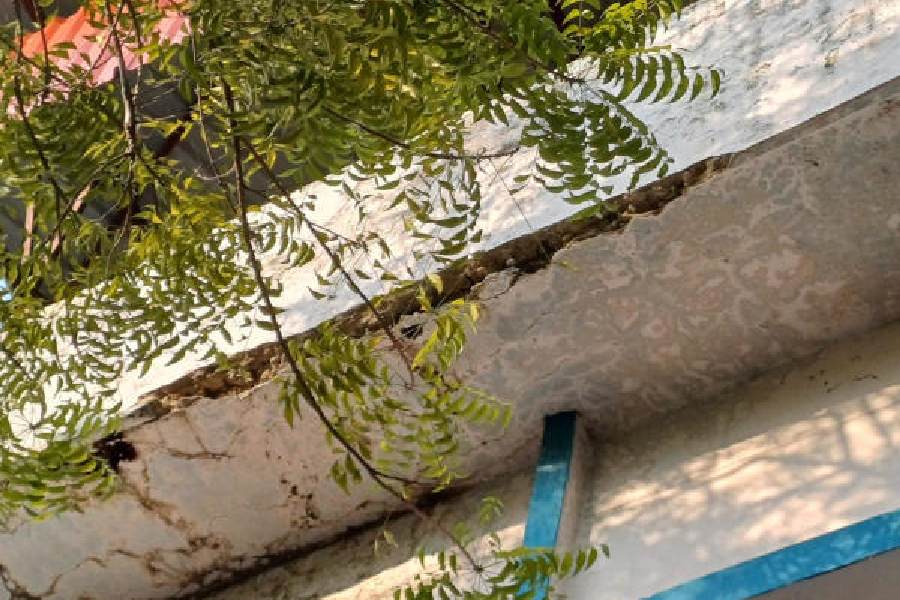Darjeeling, which was in a deep slumber, received a wake-up call from across the Himalayas when an earthquake with a magnitude of 7.1 on the Richter scale caused widespread destruction in the Tibetan Autonomous Region around 6.35am on Tuesday.
According to Xinhua, the official news agency of China, at least 100 people have been killed and more than 130 injured in the temblor whose epicentre was Shigatse, the second-largest city in Tibet and close to the border with India. The earthquake also damaged around 1000 buildings.
The epicentre was located north of the boundary between the Eurasian and the Indian plates.
Researchers said the Darjeeling-Sikkim region lies near the convergent boundary of the Indian and the Eurasian tectonic plates. Darjeeling falls in the Seismic Zone IV, making it prone to earthquakes.
“For some reason, both the government and the residents of the region are burying their heads like ostrich on this issue,” said an architect.
The region near the boundary between the Eurasian and the Indian plates had recorded large earthquakes in the past.
The US Geological Survey (USGS) said in the past century, there had been 10 earthquakes with magnitudes of six and above within the 250km radius of Shigatse.
“This includes the 2015 M7.3 Nepal earthquake, located about 160 km to the southwest and the 1934 M8.0 earthquake, located about 160to the south-southwest. The 2015 M7.3 Nepal earthquake was an aftershock of the April 25, 2015 M7.8 Nepal earthquake. This sequence of 2015 events resulted in 8,669 fatalities and widespread damage,”USGS said.
The earthquakes mentioned by the USGS hit the Darjeeling region hard.
Darjeeling felt three distinct tremors on April 25, 26 and 27, 2015, when an earthquake hit Nepal. The epicentre of the April 27 tremor was Mirik in Darjeeling district.
On September 18, 2011, Sikkim recorded a 6.9 magnitude earthquake that left more than 100 dead.
“Despite the scare, construction of highrises continues unabated in the Darjeeling hills. Neither is the government bothered to crack down on the highrises nor is the public fearing the outcome of such activities,” said the architect.
Under Rule 162 of the West Bengal Municipality Building Rules 2007, civic bodies in the hills can sanction plans for buildings up to a height of 11.5 metres. The civic bodies have to get the prior approval of the state government for construction up to 13.5 metres.
Experts say a four-storey building has a height of roughly 11.5 metres.
In 2015, the Darjeeling civic body identified 337 illegal highrises in just eight of 32 wards, which was a pointer to the scale of violations in the town.
The experts warned that people were increasingly adopting faulty construction methods in the hills.
“In the hills, people tend to construct buildings on stilts and this is dangerous. Stilts tend to have a domino effect during tremors,” saidthe architect.
The engineer was referring to the practice of completing two storeys, followed by pillars, and then adding two more floors so that the houses rise to the road level.
In the impact of Tuesday’s earthquake, a crack developed on a sunshade of Bangla Sahayata Kendra in the Jalpaiguri subdivisional officer’s office. The shade collapsed later in the day.
“Many old buildings are repaired by simply filling cracks with plaster. This is not a good idea. During repairs, care should be taken to restore structural stability, which would mean adding a few iron bars or a strong mesh to the walls and ceilings,” said an engineer.











